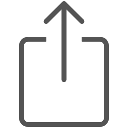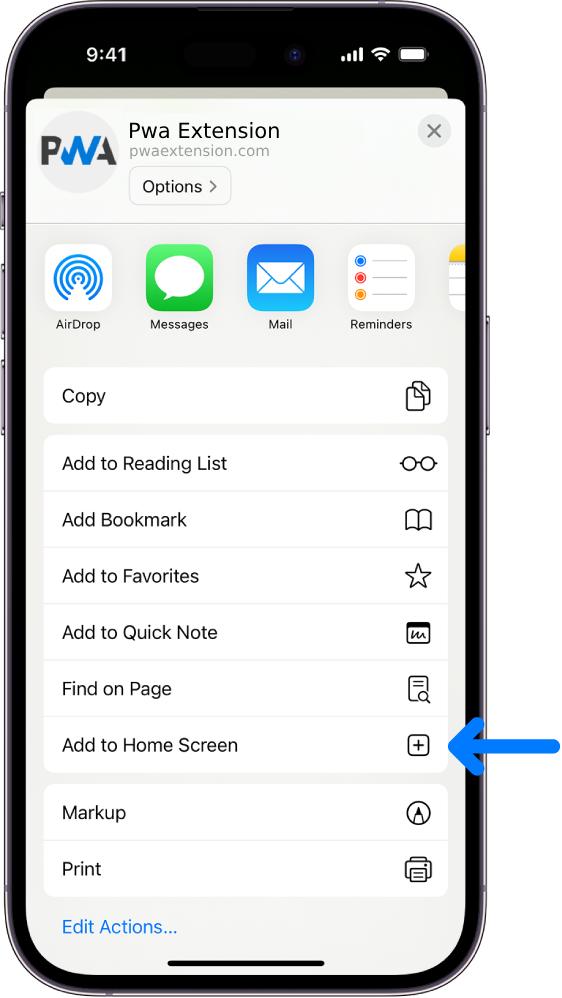The Route and Navigation
We have several times driven to the continent and found that an afternoon drive down to Dover for an evening ferry works well. We stop for a fish and chip supper in a car park near the Dover terminal before an 8pm departure and disembark around 10.30pm in Calais. From there we can get in one or two hours’ driving (100-150km) before stopping at an aire for the first night. France and Germany are wonderful countries with the good sense to provide on motorways in particular free provision for overnight stops for any road users. You can do this at service areas or at aires de repo’ which are just wooded parking areas set back from the roads with basic toilet facilities, drinking water and picnic tables. They are ideal for motorhomers and long-distance lorry drivers as it is often possible to park far enough away from the road that with earplugs inserted you can get a good night’s sleep without problems or hassles – and completely free. We have to say that we are almost ashamed of the UK in this respect – that services on our motorways are few and far between, and they charge £7-£10 for overnight parking, with no services. Our ‘rest areas’ are normally lay-bys where it is impossible to rest as they are so close to the carriageways that the van rocks in the bow-waves of passing HGVs.
From Calais we took a route through bits of France, Belgium and the Netherlands to Berlin and then northerly through Poland, Lithuania, Latvia and Estonia. From there we got a ferry to Helsinki in Finland and then drove into Russia from the Finnish side. In Russia we went from Pete to Moscow via Novgorod, then south to Volgograd zigzagging via Suzdal and Tula. From Volgograd (our most easterly point) we went across to Rostov on Don and Krasnodar before heading south to the Black Sea coast and then west again to the Kavkaz promontory which sits between the Black Sea and the Sea of Azov. From Kavkaz we went across the Kerch straits into Crimea (Ukraine), then north-west through Moldova, back into Ukraine, cutting eastward through Poland to the Slovak and Czech Republics before entering Germany once again, retracing our steps somewhat to get us back to Calais. It was, therefore, something of a circular tour.
After having one satnav stolen in Leicester we had invested in a new one from Garmin on the basis that Garmin was the only provider offering maps of Russia. However, the cost of these was around £100 so we decided to rely on hard-copy map books alone. These were of varying quality and at several points did not reflect the situation on the ground at all. Although signage in Russia was reasonably good we were thrown a couple of times by spellings that were different from the Russian in the maps we had and the Russian practice of signing just the road name rather than where it leads to.
The satnav was fine and even showed some major routes in Poland, the Baltic States and parts of Russia. However, these latter areas seemed often to be ‘beta releases’ as the vehicle marker would often appear moving parallel to the road which was shown as being half a kilometre away! We (Jill!) only made one serious navigating error (in Crimea) when we were heading for about 45 minutes towards a town with a name similar to the one we should have been heading for, but weren’t – when other indicators (position of sun, compass reading, missing landmarks, etc.) told us something was wrong. Once or twice elsewhere we took the wrong road when signs had been missing or hidden by foliage or passing HGVs, but nothing to complain of. On two occasions, I think, we drove into one-way streets the wrong way being preoccupied with looking for direction signs. One just has to be quick-witted and bold, to get out of these situations as they occur (e.g. pulling off a rapid U-turn as three lanes of traffic stream towards you!).
Stopover spots
I’ve already mentioned the French aires which are brilliant and appear about every 20km on French motorways. These have counterparts in Germany called Rastplatzen and something similar appears also in other western European countries. Once into the former Soviet bloc states it is a different story. There are very few campsites but mapmakers have adopted the deceptive practice of placing an occasional campsite sign (the little wigwam symbol) on their maps when all they mainly indicate is low-cost budget accommodation in run-down huts – or absolutely nothing at all. Some former campsites for internal holidaymaking and formerly owned by trade unions or state enterprises have closed and are derelict. The (very rare) ‘Motel Camping’ sign may have indicated camping for tents, and on reflection we could probably have negotiated overnight stays in these motel car parks.
This means that beyond the Polish border it is largely a matter of ‘wild camping’ on any patch of land that looks unused or likely to cause nobody any offence. Obviously, this is only possible with a self-contained van and a bit of bravado. We only came unstuck once and had a couple of minor skirmishes with individuals of some apparent authority. In the main our wild camping was very successful and generally at nil cost, several times in plum locations that even paid campsites wouldn’t be able to match.

 (share) button at the bottom of your screen,
(share) button at the bottom of your screen, ( Add to Home screen ).
( Add to Home screen ).